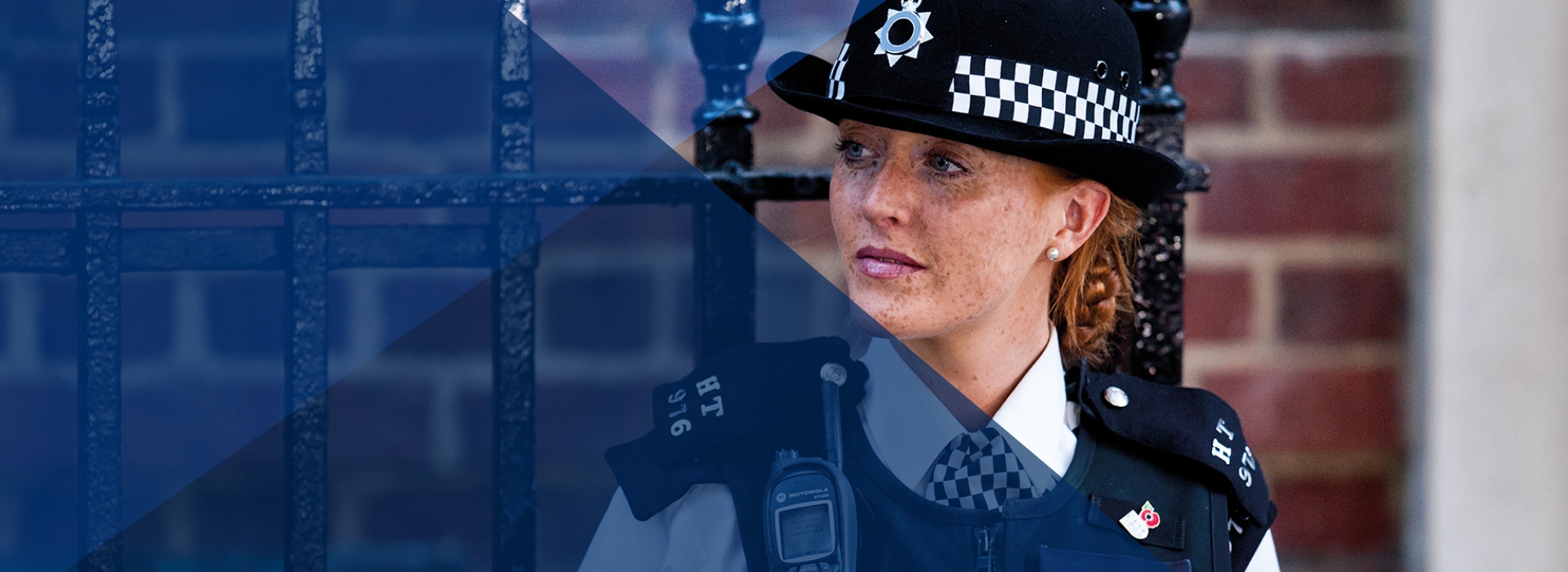South Wales Police is using retrospective facial recognition technology to help solve high-volume crime.
TARGETED TOOL
A significant proportion of crime is now caught on camera in the UK, for example on public or private CCTV, body-worn cameras or even witnesses’ phones. Confirming the identity of the suspect is vital for effective investigations.
South Wales Police uses our retrospective facial recognition technology to help them identify suspects much faster than manual review. It compares the suspect still or video against lawfully held existing databases, such as custody images, for a likeness and helps identify a potential suspect in a fraction of the time. The system provides the possible matches for review by a trained operator to quality assure the identifications. This allows officers to identify suspects more quickly and allows the administration of Justice, which offers opportunities for offender rehabilitation or preventative orders, to prevent re-offending at the earliest opportunities.
Inspector Ben Gwyer explains:
“The way we live today has changed how police investigations work. People move house far more often and commute long distances for work. That means crime can be committed by those with no links to a local area, making identification of suspects a more significant challenge.”
Rather than scanning and matching faces in real time, retrospective facial recognition helps to find individuals who have already been captured in photos, video or CCTV. It can be used in a range of areas, like identifying or locating dangerous offenders, even in ‘cold’ cases.
SPECIALIST TEAM
South Wales Police has trained a specialist team of officers and staff to use the technology. They act as a central resource for all South Wales officers.
It means that officers investigating theft or a violent assault can request copies of any CCTV footage – for example captured by a supermarket or nightclub – and check if the suspect is known to the force already. It’s helping to bring offenders to justice faster and also reduce risk to the public by supporting a range of crime prevention orders.
Prior to the implementation of retrospective facial recognition, as part of their investigations, officers would have to:
- Display images of unidentified suspects on their intranet
- Ask neighbourhood policing teams to review the list regularly
- Identify the suspect and provide statements
- Potentially request officers to undertake formal ID procedures
- Attend court to attest to a likeness from a single, sometimes poor-quality image
Now, officers can identify prolific offenders that may otherwise have escaped justice quickly and effectively, demonstrating patterns of offending broader than maybe one or two offences. They also have a higher degree of confidence that the suspect has been identified correctly, leading to better results at court hearings too.
Find out more
If you would like to find out more about facial recognition software contact us using the form below.

